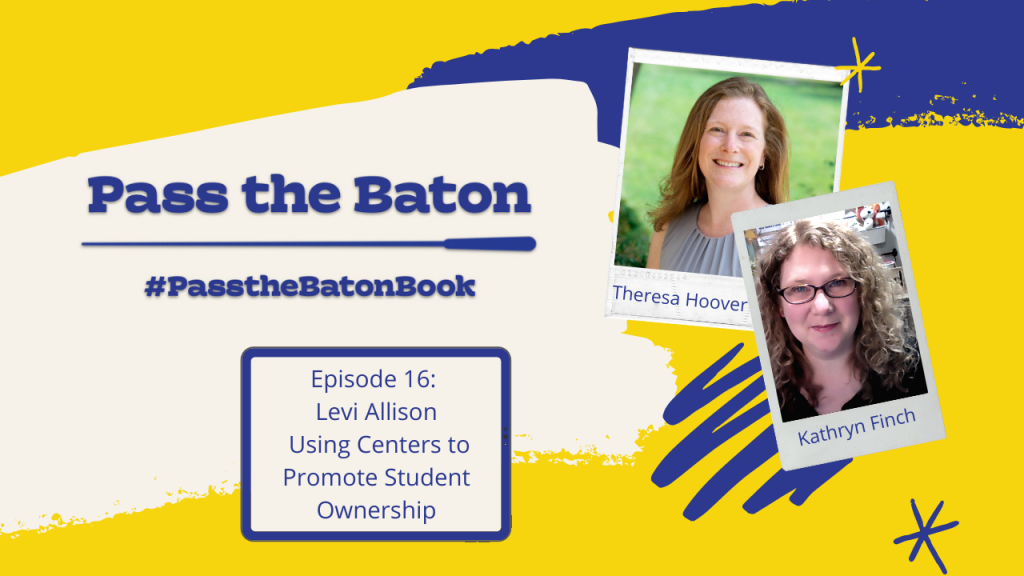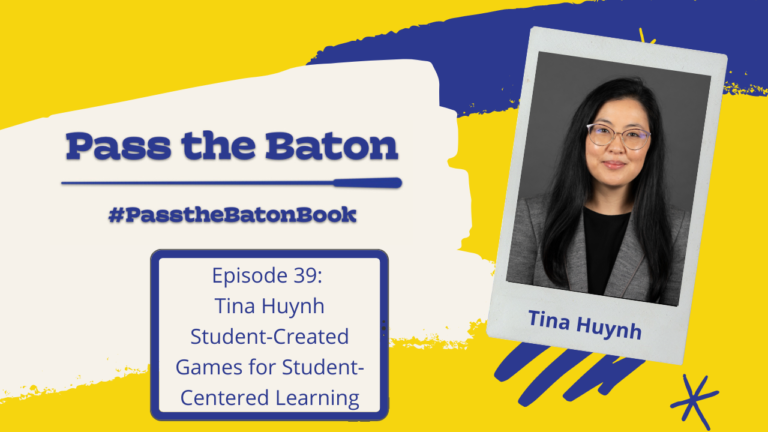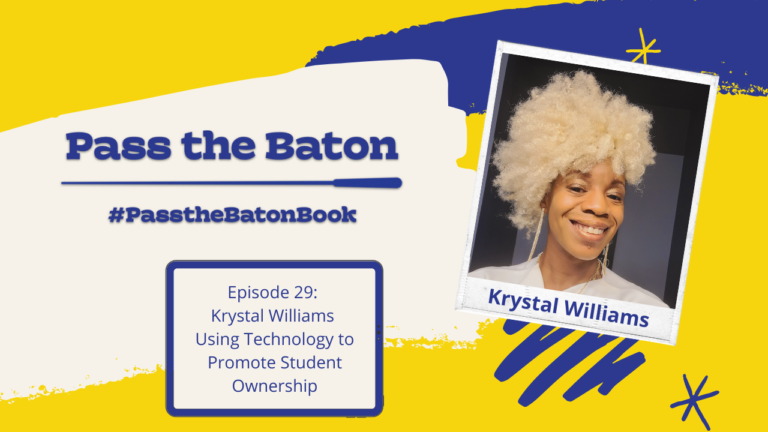This week, Kathryn and Theresa talked to Levi Allison, a music teacher in South Korea. Levi has taught music in Kuwait and China, and currently teaches first through third grade general music at Chadwick International School. Levi’s school follows the IBPYP (International Baccalaureate Primary Years Programme) framework and inquiry-based learning is prevalent in his classroom. In this interview, Levi talked to us about he incorporates learning centers in his music classes.

Learning Centers in the Music Classroom
One thing Levi has worked on in the last few years is using learning centers to promote inquiry and student ownership in music classes. Levi became interested in using centers in this way after observing a colleague. He noticed a high level of student engagement because of the purposeful centers his colleague had created. The centers were tied to standards and answered questions that students had. Levi knew he wanted to re-create this experience with his music students. While he started with only one or two centers, the classroom has now evolved to include several options that allow students to explore music in a way that makes sense for them.
Levi has found that centers are a form of organized chaos, since there are often numerous activities taking place at the same time. Levi will often co-create the centers with students, especially in the upper grades, to best suit their needs. One example is a student who did not feel he was musical. After having a conversation with the student, Levi discovered an interest in soccer. Using that information, Levi could help the child explore musical concepts such as steady beat and melodic contour using the soccer ball. Levi believes we should be flexible with all students, and doing this will enable them to be excited about music in their own way.
Levi views himself as the facilitator of learning; he wants to empower students with their own passions and curiosities. For this to happen, he must know the standards and content, then look for ways to tie it all together. There might be 10-15 different projects happening at the same time. At the beginning, Levi created all the centers, but as students build more independence, they can create their own centers. Scaffolding is necessary! Levi has also found inspiration from Trevor Mackenzie’s work and his book Dive into Inquiry. His graphic describing student inquiry is a great example of what scaffolding looks like in an inquiry classroom.
Authentic Assessments
Recently, Levi has focused on building authentic assessments. This is sometimes challenging for teachers who see several hundred students. An authentic assessment must be meaningful to the students. The students must feel connected to the learning, and they must also connect to the levels of understanding. Levi includes students in this process. He begins by asking students what the various levels of understanding (beginning, developing, and proficient) would look like for the content. Next, students brainstorm ways they could show rigor connecting to the learning goal. This is the “how” of the process. Finally, students think about what they will do. Levi has found it important to always start by understanding your “why.” Why are we doing what we are doing?
The Challenges and the Benefits
Levi has found that many students don’t come to class with the self-management skills to organize themselves across several centers. Providing check points helps students build these skills. Levi does not expect his students to be perfect, but he expects them to try. Documentation is also a challenge, since music teachers work with so many students. Originally, Levi was using paper to track students’ progress. Using SeeSaw has helped Levi in documentation, spotting trends and misunderstandings in learning. He has also used Google Forms connected to QR codes for exit tickets.
The students have started to connect that it’s their classroom and their learning environment – not Levi’s. This results from him building relationships that have enabled him to connect with and help students both inside and outside the music classroom. Students feel successful and safe in the music room. It took time, but Levi definitely notices the benefits now.
I want my students to just be like, “I’m a musician in my way…my way looks different than your way, and that’s okay.”

Levi’s Advice to Teachers
When asked what advice he has for teachers wanting to try learning centers in their music classes, Levi says to start with just a few. Even two centers, where you (the teacher) are at one and the students are reading a book independently at the other, will work. Remember that we are all learning in this process, so it’s important to reflect afterwards, make changes, and then try again. Just as the students are learning through inquiry, so are teachers. This is a great way for teachers to lead by example and demonstrate lifelong learning.
To learn more about Levi’s work and how he incorporates learning centers in his music classes, check out the full interview here: Using Learning Centers to Promote Student Ownership in Music
Connect with Levi and learn more:
- Twitter: @Levi_Allison42
- LinkedIn: Levi Allison
- Podcast: Recess Duty
- Website: www.leviallison.com
- Blog post: Empowering Student Ownership Through Choice
Interested in learning more about inquiry? Check out this interview with Michelle Baldwin: Inquiry in Music Classes






